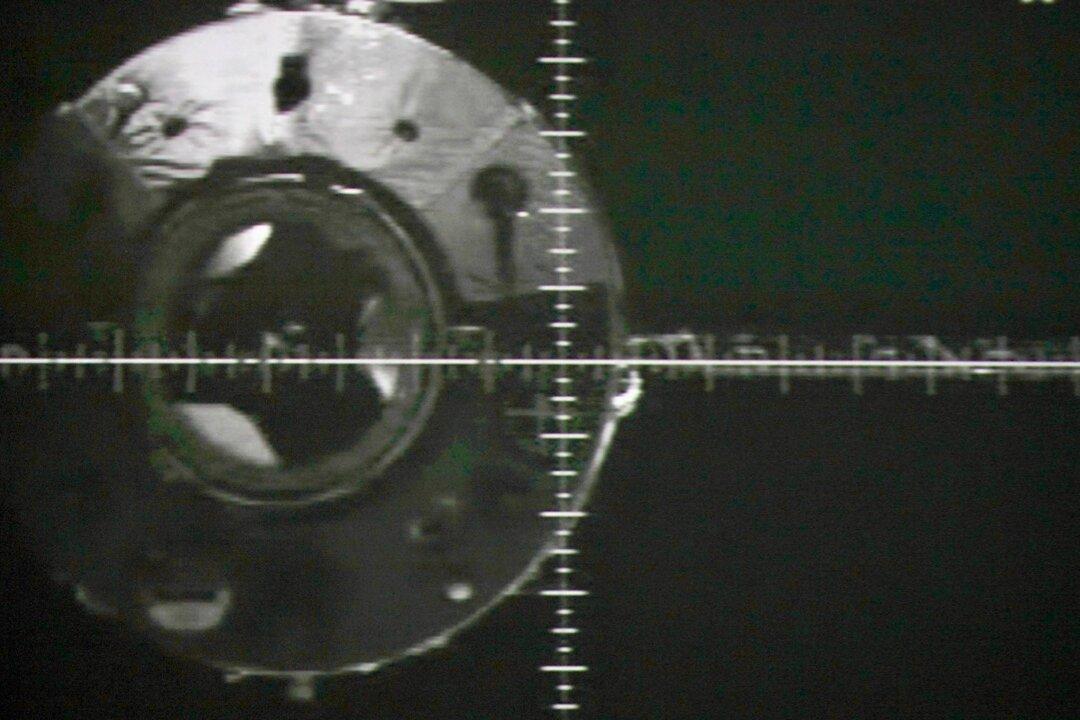SHANGHAI—China’s Tiangong-1 space station re-entered the earth’s atmosphere and mostly burnt up over the middle of the South Pacific near Tahiti on Monday, the Chinese space authority said.
The craft re-entered the atmosphere around 8:15 a.m. Beijing time and the “vast majority” of it had burnt up upon re-entry, the authority said in a brief statement on its website.





